5 Types of Content That Will Help Your Local SEO
Explore a comprehensive guide to crafting a local SEO content strategy to elevate your local search rankings.
Many businesses dream of competing nationally or globally. They want to fight the big battle for SERP prominence with massive enterprise companies.
However, others battle it out on the local level. Businesses with a regional focus can make a killing in the market with powerful local SEO.
The most successful local companies use this tactic to dominate the SERP for their service areas.
But like global SEO, local SEO comes with a lot of competition. Everyone’s vying for a few coveted spots in the organic search results and local pack. The difference maker is, of course, content.
But just knowing that you need content isn’t the same as understanding what kind of content will boost your local SEO efforts.
Check out our latest case study on local SEO and learn how SMA Marketing improved a client’s website ranking on Google with WordLift.
Certain types of content are especially helpful for marketers trying to make a splash in their local SERP. In this article, we’ll walk you through five different content types, explaining how and why they can help you improve your local SEO results.
What Is Local SEO?
Local SEO is search engine optimization explicitly designed to target local or regional results. It’s SEO that contains specific location modifiers aimed at potential customers in a particular area.
Local SEO marketers fight it out for organic results, much like anyone would in standard SEO. But they’re also vying for spots in the local pack. This listing appears before organic results, giving potential customers an idea of what relevant services are closest to them through Google Maps.

To appear in these results, companies must optimize their digital assets (website, blog posts, social media, etc.) for local SEO specifically.
When focusing on local SEO, it’s really important to diversify the content you produce. From blog posts about local events to case studies showcasing local businesses, variety is key.
For example, health and wellness content can resonate deeply with local audiences. Take a look at companies like Form Health, which offers specialized health programs.
By creating content around such localized services or products, not only do you provide valuable information, but you also bolster your local SEO content strategy. Even though Form targets a national audience, they also implement a local SEO strategy for their specific service areas.
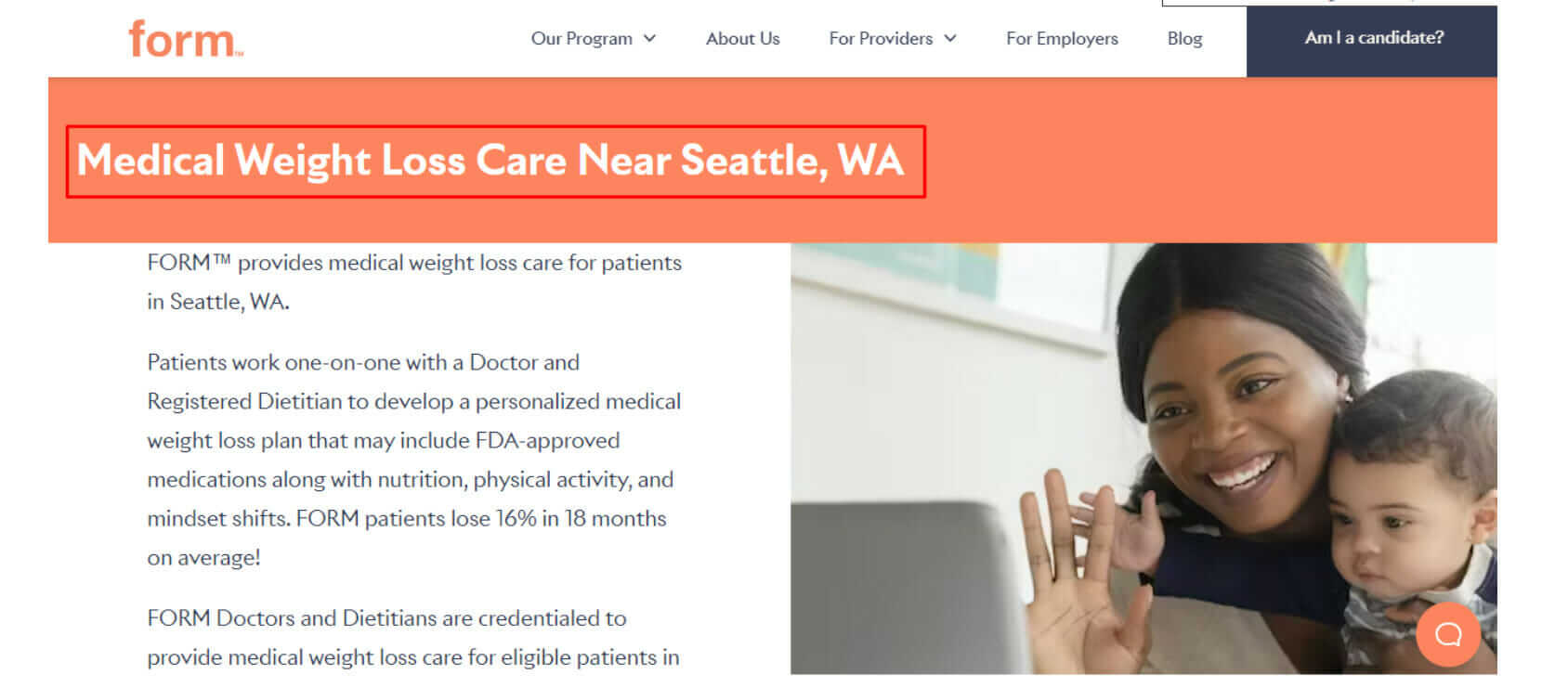
Smaller local health clubs or personal training businesses won’t benefit from ranking nationally because their clientele only comes from the local area. That’s why focusing on a local SEO content strategy with a concentration on the local pack makes sense for them.
It all boils down to the size of your company and the audience you serve. Once you’ve identified your local audience and segmented them accordingly, it’s time to start creating the right content.
5 Types Of Content That Are Great For Local SEO
A local SEO content strategy needs a strong … you called it … local focus.
You can achieve this by:
- Choosing a few key content areas
- Integrating area-centric relevant key terms
- Including your business name, address, and phone number (NAP) into what you’re posting for local success
Of course, certain types of content work better than others for local SEO.
Here are five content types that can be a local SEO marketer’s best friend.
1. Blogs
Your local business blog content can have a tremendous impact on local SEO.
That’s why it’s pivotal to focus your content on local topics and weave in keywords specific to your service area. This can improve your chances of appearing before the eyes of your target audience in the proper market.
Of course, local SEO isn’t as simple as something like Google Ads, where you design an ad and then target it to a specific area with the click of a button.
For local SEO to work, you’ll need to add location modifier keywords to your content.
Here’s a quick example of a blog post that cites “Florida,” “Orlando,” and other location modifiers:
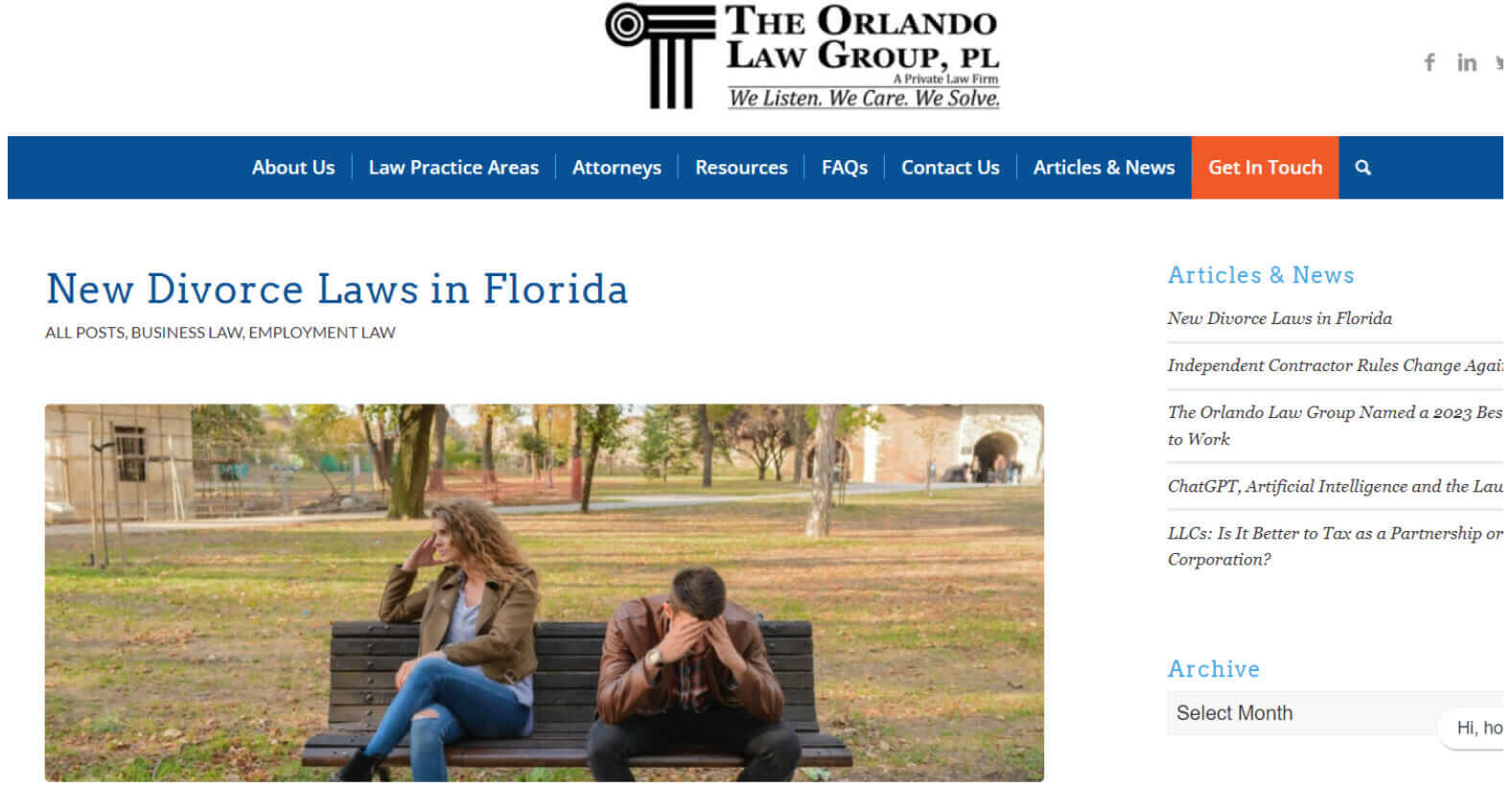
Businesses like florists that offer same-day flower delivery can also use local SEO modifiers to attract customers searching for immediate delivery options. In fact, the flower business in the US is booming, with an annual revenue of over $49.02 billion.
For instance, if you’re a florist in Lubbock, Texas, you could benefit by optimizing your blog posts with area-specific keywords, like “Lubbock florist.” Blog titles like “Flowers that flourish in the Lubbock climate” would be especially useful for this campaign.
This location-focused title ensures that people in your service area who are passionate about flowers will find your content.
Meanwhile, a florist in Norfolk, Virginia would want to include location phrases, such as “Virginia Beach flower delivery” in their content. It could also release a blog before Valentine’s Day on the best flowers to buy for a partner, spouse, fiance, or loved one in Virginia Beach.
FAQ sections are also great spots to include local keywords:

Another type of content you can create on your blog to help local SEO is resource guides.
Pairing helpful resources for your target audience with targeted keywords can help boost your local SEO efforts.
For example, a divorce attorney in Scottsdale faces a great local SEO opportunity. They could create a robust and informative Scottsdale divorce mediation guide, child custody guide, spousal maintenance guide, and other relevant resources.
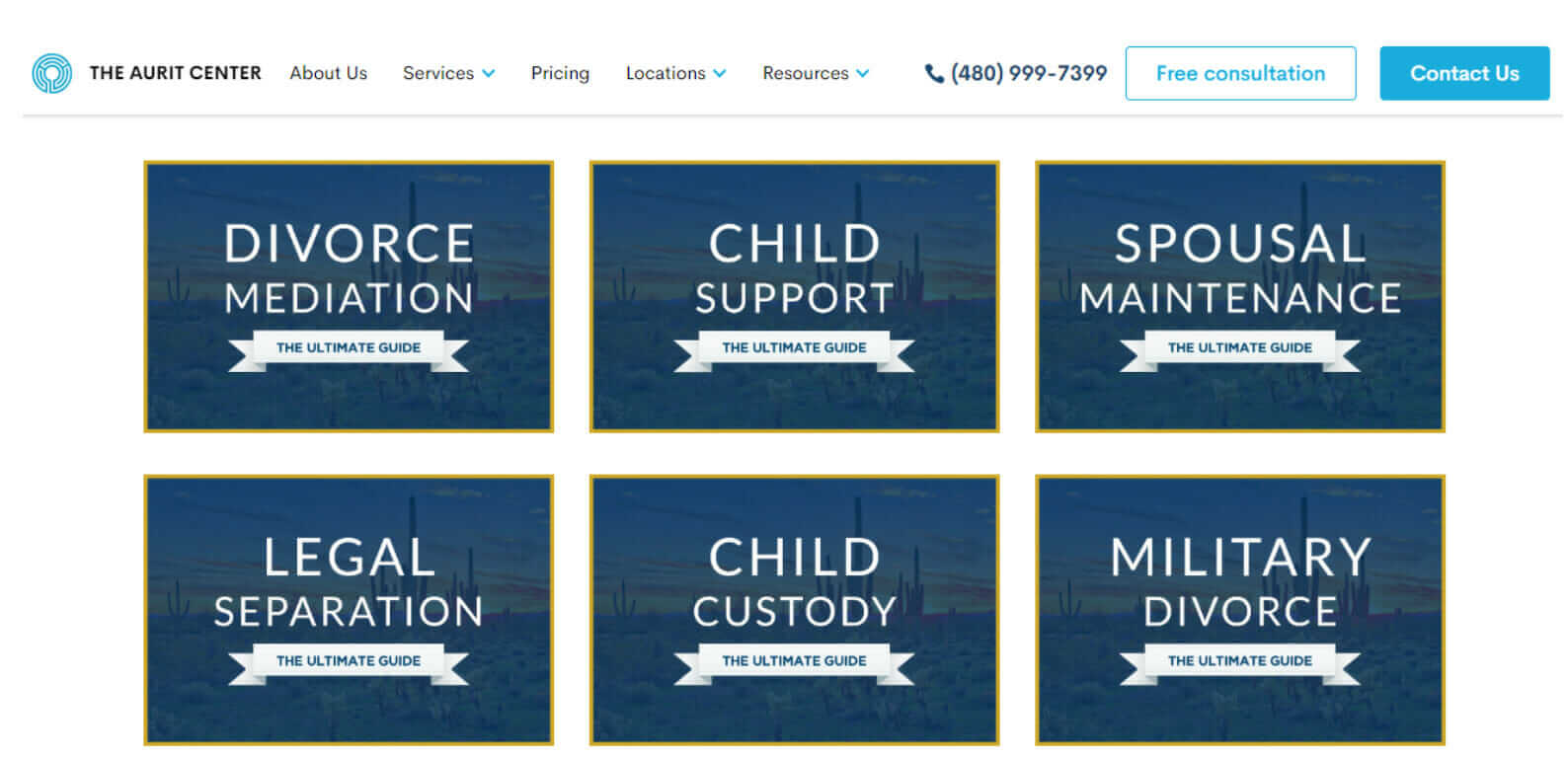
The attorney could also add a list of other cities or states they practice in at the end of their blog or website to reach more people in their service area.
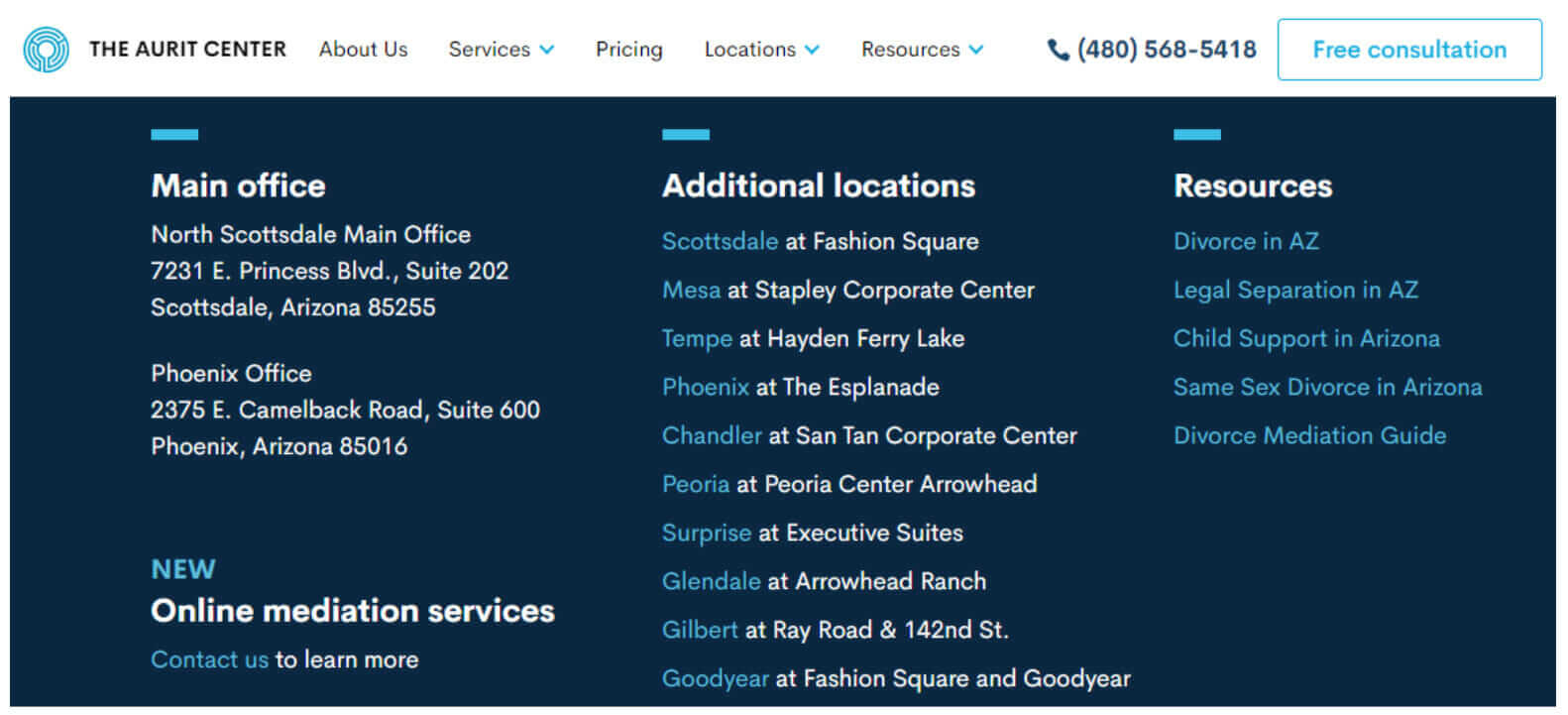
2. Google Business Profile Page
While this isn’t content on your website, your Google Business Profile (formerly your Google My Business page) is vital for success in local SEO.
This page is something every business is entitled to. Much like a lot of your SEO strategy, it can be even more effective when properly implemented.
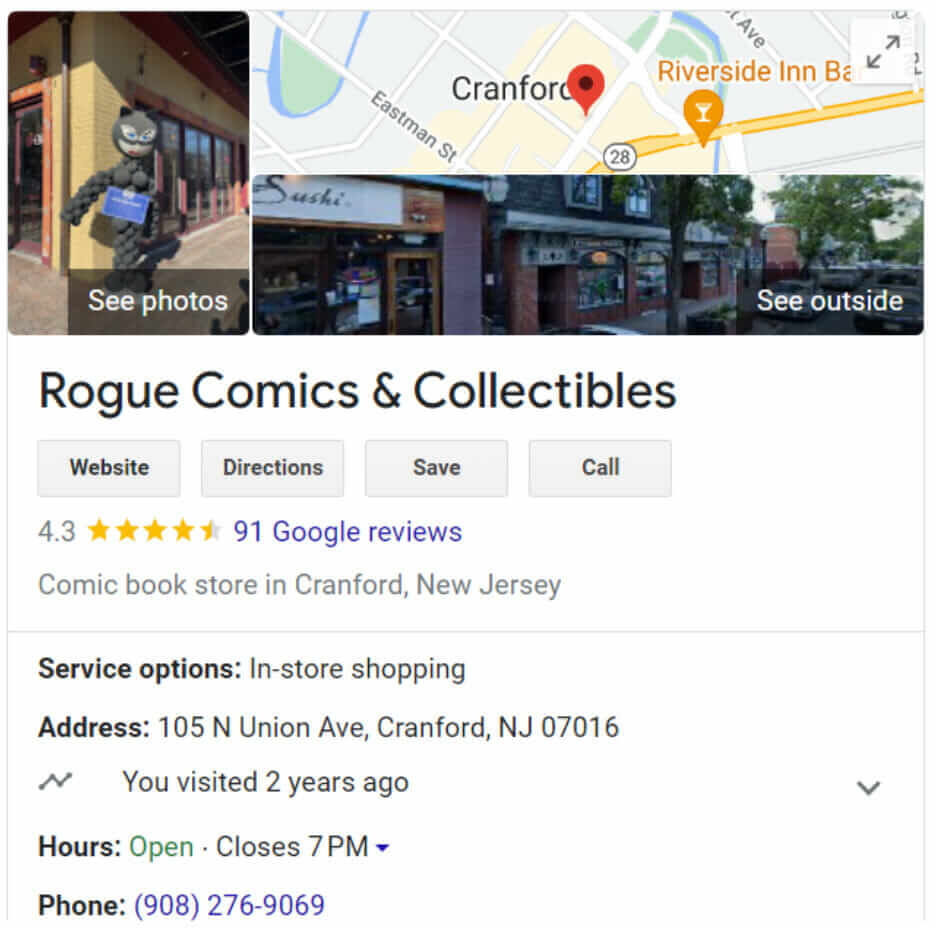
(Screenshot by Ioana)
There are a few steps you can take to guarantee that your Google Business Profile succeeds.
The first thing you need to do is claim your Google Business Profile page. Then it’s time to enter your business information. Just make sure that this data is accurate and consistent across all platforms so you can boost your chances of ranking in the local pack.
Write up a description and include some local keywords. This can really drive home to Google that you’re an authority and a presence in your industry and local market.
Once that’s done, add high-quality images of your business to the page to properly illustrate who you are and what you do.
Finally, you can improve your Local SEO through user-generated content on a Google Business Profile page. Specifically, you need to generate user reviews.
Ask satisfied customers to leave you Google Reviews, but never incentivize them. Offering something like a coupon for a positive review violates Google’s Terms of Service and can get you de-listed.
3. Local Directories
List your business in as many local business directories in your service area as possible. This could be something as simple as a website directory for your local chamber of commerce.
Sometimes, business listings include a write-up description, and sometimes they don’t. But that’s not the most important part of this simple content type. What’s vital here is your business NAP and hours of operation. Not only does the NAP need to be listed in every directory you appear in, but it needs to be consistent.
Inconsistencies across directories can cast doubt on your legitimacy, and your local SEO score can suffer. That’s why keeping track of which directories you’re in is essential. If your phone number or physical location changes over the years, update every directory to maintain consistency.
4. Location-Specific Landing Pages
Landing pages are crucial resources in marketing campaigns. The ads you run on platforms like Google Ads or Facebook should direct users to landing pages specific to the promotion.
Our advice? Your location-specific landing pages should naturally take users from a level of curiosity (generated by your ad) to a genuine interest in your solution by showing what you offer and why they should choose it.
But remember, local SEO needs content like text, images, graphics, and videos. Include these in your landing page as a value-add for your users. Providing an extra source of helpful information can nudge them towards a conversion decision and also help boost your authority.
For example, you can create brochures with useful information that users can download from your website. Creating content in formats easy for your target audience to access and use is essential.
Below is a great example to demonstrate what we mean. Stunning photos show off the features and amenities of the property this agency is promoting. Details are front and center, including how to contact the agent. It’s “home” on a silver platter.
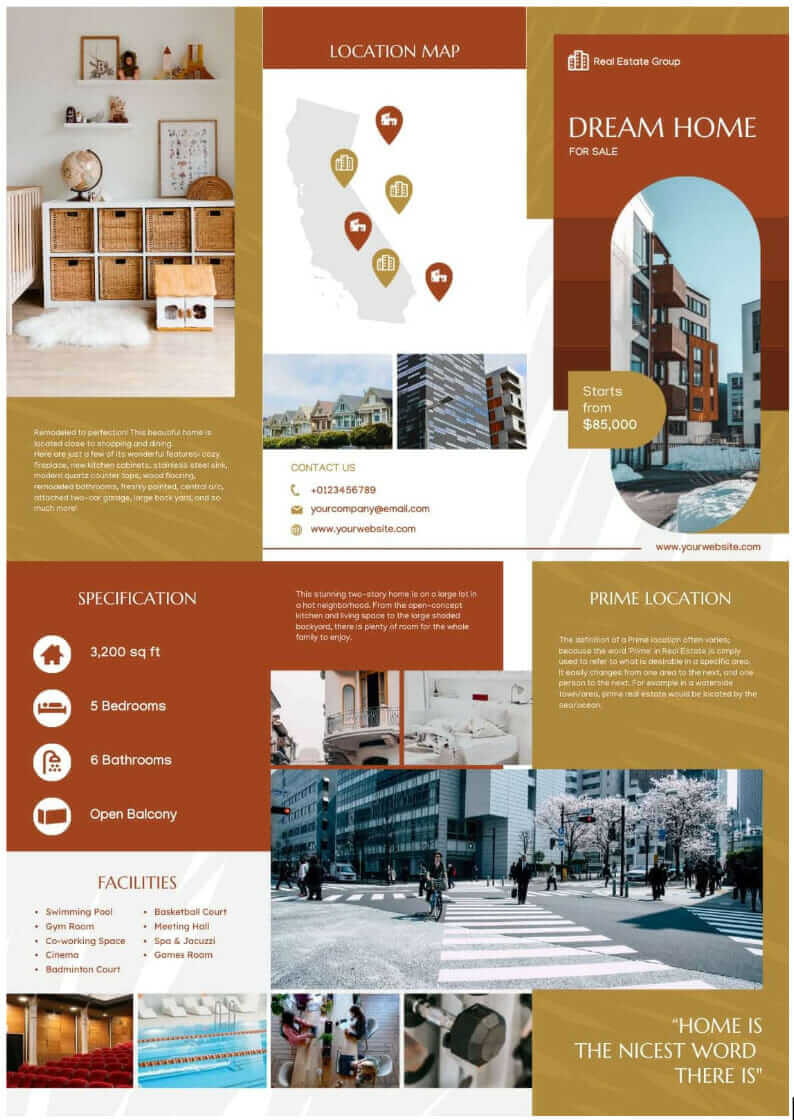
If you’re trying to target certain areas, be sure to create different location-specific landing pages for each of them.
For example, if you’re running promotions in Tulsa, Oklahoma City, and Davis, Oklahoma, you should have three different campaigns running and three different landing pages set up.
You can set the targeting parameters for each promotion to reach users in those locations with area-specific landing pages attached.
By optimizing these landing pages for search outside your ad campaign, you can attract even more organic traffic from your target markets.
*Pro-Tip: Make sure your landing pages are informative and specific, with location modifiers and multimedia content. That includes images, video, text, and graphics.
5. Case Studies On Local Customers
Case studies are assets for businesses of all sizes. These in-depth reports on past success stories can help business owners convince prospective customers to try them out.
But, by adding location-specific elements to your case studies and focusing on local customers, you can make a more significant splash in the local SEO market. Include relevant keywords with a large search volume to maximize your results.
If you’re a B2B organization in Tulsa, Oklahoma, title your case study something like, “Tulsa law firm sees 900% increase in inbound leads.” The location modifier helps Google narrow your service area down. The more information you can give the search engine, the better your odds of ranking in the local pack.
Wrap Up
Local SEO can have a massive impact on a business, pushing it to the top of its industry and local markets alike. But, local SEO requires unique considerations that standard SEO doesn’t concern itself with.
By creating the right types of optimized content on and off your website, you can improve your chances of reaching relevant customers in your service area and establishing yourself as a presence in the market.
Here’s to your success!